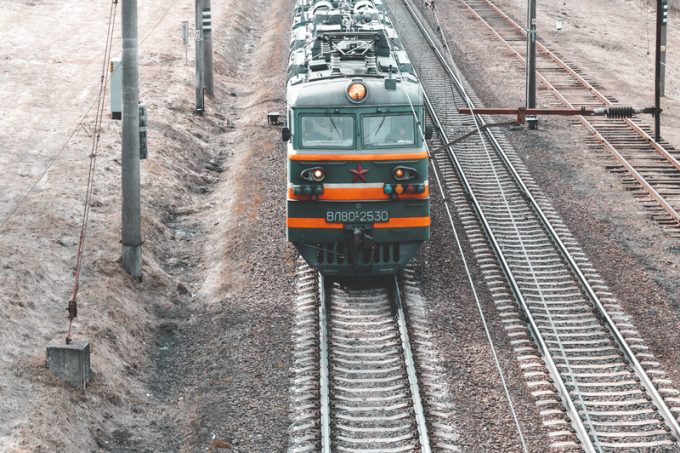Middle Corridor more important to Central Asia trade than as an ocean bypass
Plans to increase capacity of the Middle Corridor rail freight route from China to Europe, ...

Bottlenecks at the Belarus border may slam the brakes on booming Asia-Europe rail services.
And replacing the gauge to alleviate the problem would prove financially disastrous.
One source told The Loadstar such had been the success of the China-Europe rail link that Belarus’s stations on the Polish border were showing signs of exceeding capacity.
Another said: “To say they are congested may be too strong at the moment, but there have definitely been emerging signs of problems.
“The Brest freight yard, close to the Polish border, where cranes lift ...
Keep our news independent, by supporting The Loadstar
Container spot rates diverge: to Europe still falling, but firmer to the US
Volume surge and an early peak season? 'Don't celebrate too soon,' warning
Hapag-Lloyd won't take bookings if port congestion leaves cargo stranded
Ecommerce likely the front-runner in resurge of transpacific trade after deal
China-US trade tariff pause could drive a rebound for transpacific rates
Service chaos from trade ban with India a problem for Pakistan shippers
Airfreight rates ex-China 'loss-making', but hopes of a trade deal stay high


Comment on this article